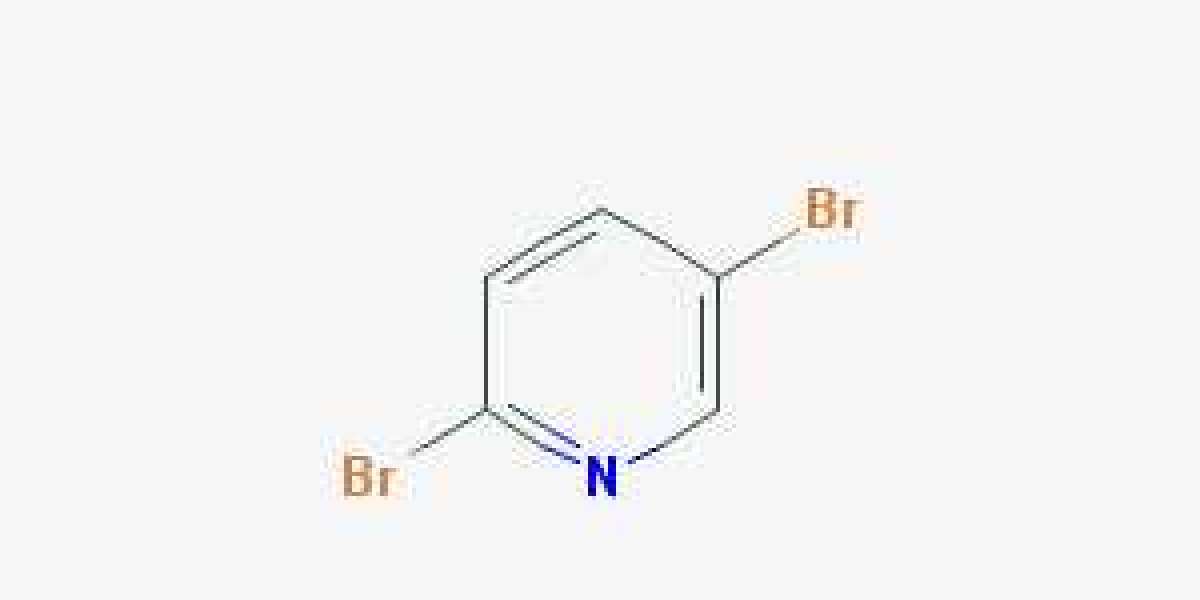Unlocking the Secrets: Master Your Pregnancy Tests and Conception Timing!
Understanding pregnancy testing and conception timing is crucial for anyone trying to conceive or manage their reproductive health. The emotional journey of waiting to see those two pink lines can be overwhelming, so having a clear strategy in place can make a significant difference. A pregnancy test calendar is an invaluable tool that helps you track ovulation, understand your menstrual cycle, and determine the optimal time for testing. By organizing your testing schedule, you can reduce anxiety and make informed decisions about your next steps, whether that's celebrating a positive result or planning for the future.

Understanding Your Menstrual Cycle
The menstrual cycle is typically divided into four phases: the menstrual phase, the follicular phase, ovulation, and the luteal phase. Each phase plays a significant role in conception and can guide your pregnancy testing schedule. The menstrual phase marks the beginning of your cycle, lasting about 3 to 7 days, during which the uterine lining sheds if pregnancy does not occur. Following this, the follicular phase prepares the body for ovulation, where an egg matures, and estrogen levels rise. Ovulation usually occurs around day 14 of a 28-day cycle, with the egg remaining viable for about 12 to 24 hours. Understanding this timing is critical because it determines your peak fertility window—the days when conception is most likely. Many women I know have found that tracking their cycles not only helps them understand their bodies better but also enhances their chances of conception.
Creating Your Pregnancy Test Calendar
Creating a personalized pregnancy test calendar begins with tracking your menstrual cycle. Start by noting the first day of your period and the average length of your cycle. From there, mark your expected ovulation day and the days that follow, which represent your fertile window. To enhance accuracy, consider using a calendar app or a physical planner to document your cycle. You might also use ovulation predictor kits, which can help identify your most fertile days. Once you have a clear understanding of your cycle, plan to take a pregnancy test about a week after your expected period. This timeframe allows for the hormone hCG to build up in your urine, leading to more accurate test results. Personally, I found it helpful to color-code my calendar—red for my period, green for ovulation, and blue for test days. This visual representation made tracking so much easier!
Interpreting Pregnancy Test Results
Interpreting pregnancy test results can be confusing, especially due to the variety of brands available. Each test comes with its own set of instructions, and hormonal fluctuations may affect the results. In fact, false negatives are not uncommon, as most tests only indicate a positive result if a fertilized egg successfully implants in the uterine lining. I recall a friend who took a test, received a negative result, and later found out she was indeed pregnant. Patience pays off when it comes to detecting hCG levels, which can vary based on each individual's hormonal cycle. For the most accurate results, it’s best to follow the test instructions carefully and remember that timing is key.
When to Take a Pregnancy Test
Timing is everything when it comes to taking a pregnancy test. For the most reliable results, it’s best to wait until at least one day after your missed period. This waiting period allows your body enough time to produce detectable levels of hCG if you are pregnant. Testing too early can lead to disappointment as the hormone levels may not be high enough to register on the test. If your cycles are irregular, it may be wise to wait longer or consult with a healthcare professional for advice. Additionally, taking the test first thing in the morning can yield more accurate results, as urine concentration is highest at this time. I had a friend who was eager to test and ended up testing on the day of her missed period, only to get a confusing negative result. She decided to wait a few days, and her patience was rewarded with a positive result!
Empowering Your Pregnancy Journey
In conclusion, a pregnancy test calendar is an essential tool for anyone navigating the intricacies of conception and pregnancy testing. By understanding your menstrual cycle, creating a personalized calendar, accurately interpreting test results, and knowing when to test, you empower yourself to make informed decisions about your reproductive health. Remember, every journey is unique, so trust your instincts and use the information at your disposal to pave the way for the next chapter in your life. Whether you're trying to conceive or just keeping track of your cycle, a well-structured approach can help ease the emotional rollercoaster that often accompanies this time.








